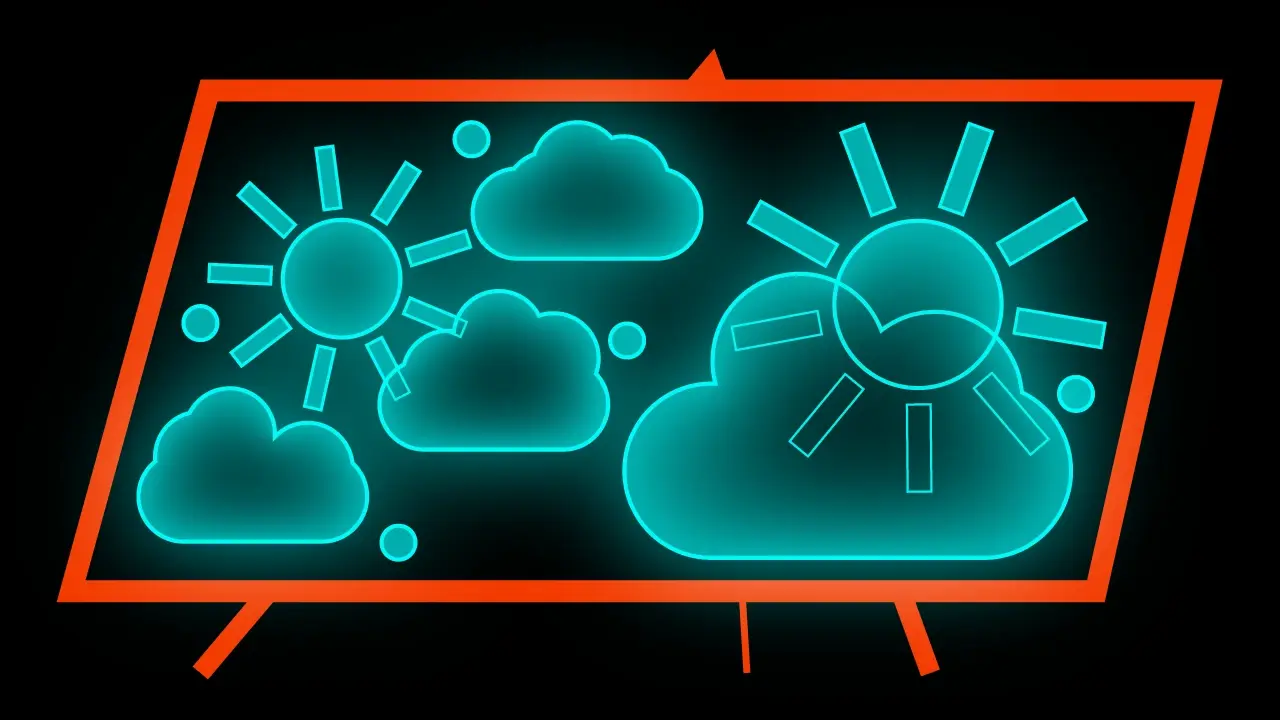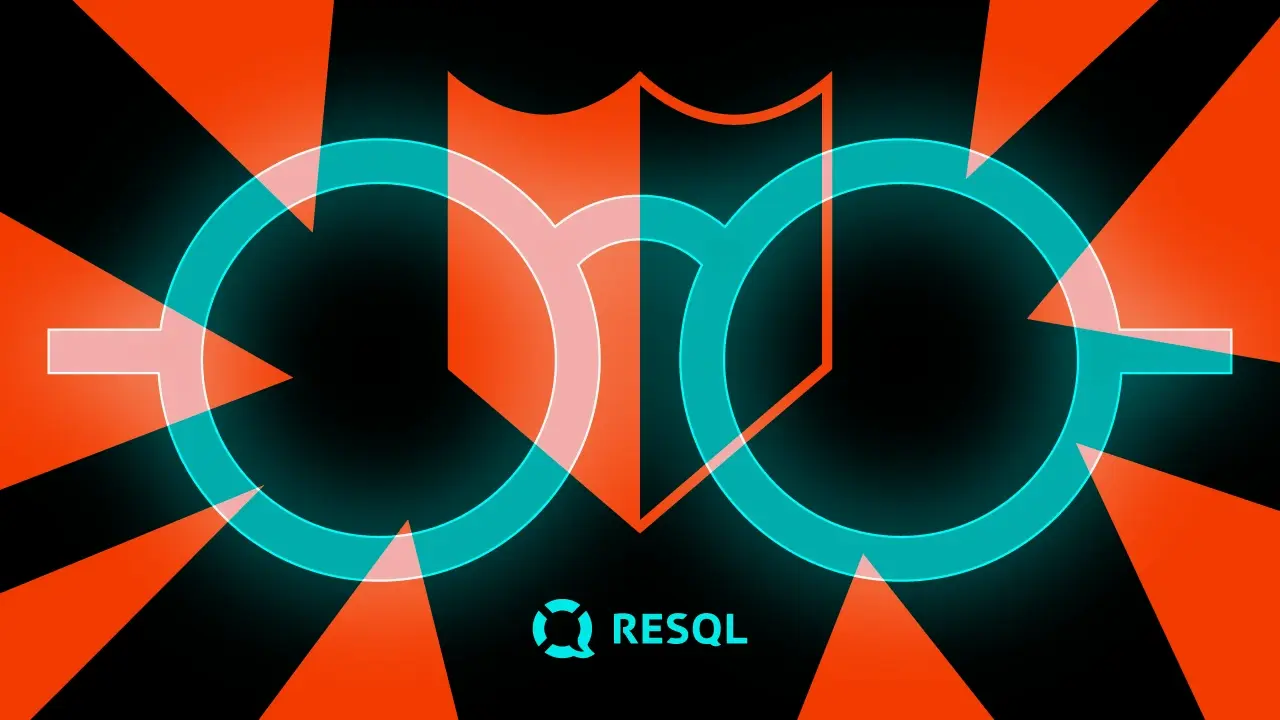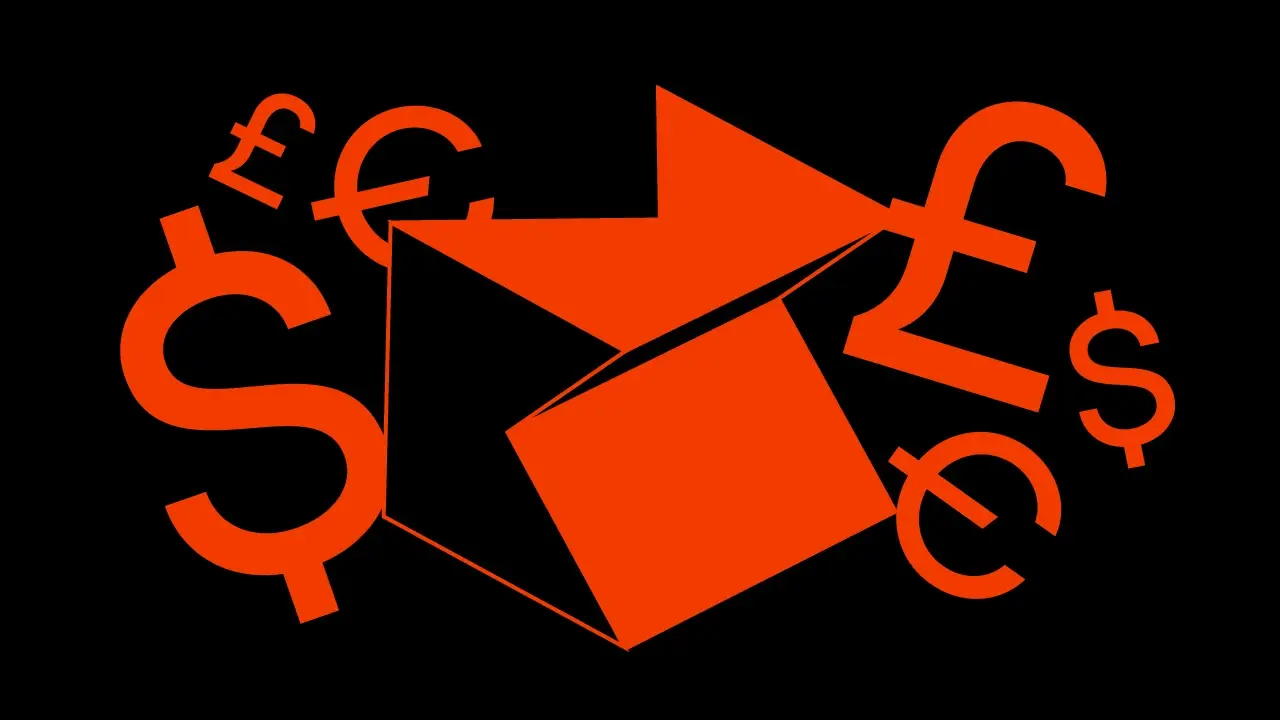You don't need to know what you need - a guide to building your digital product

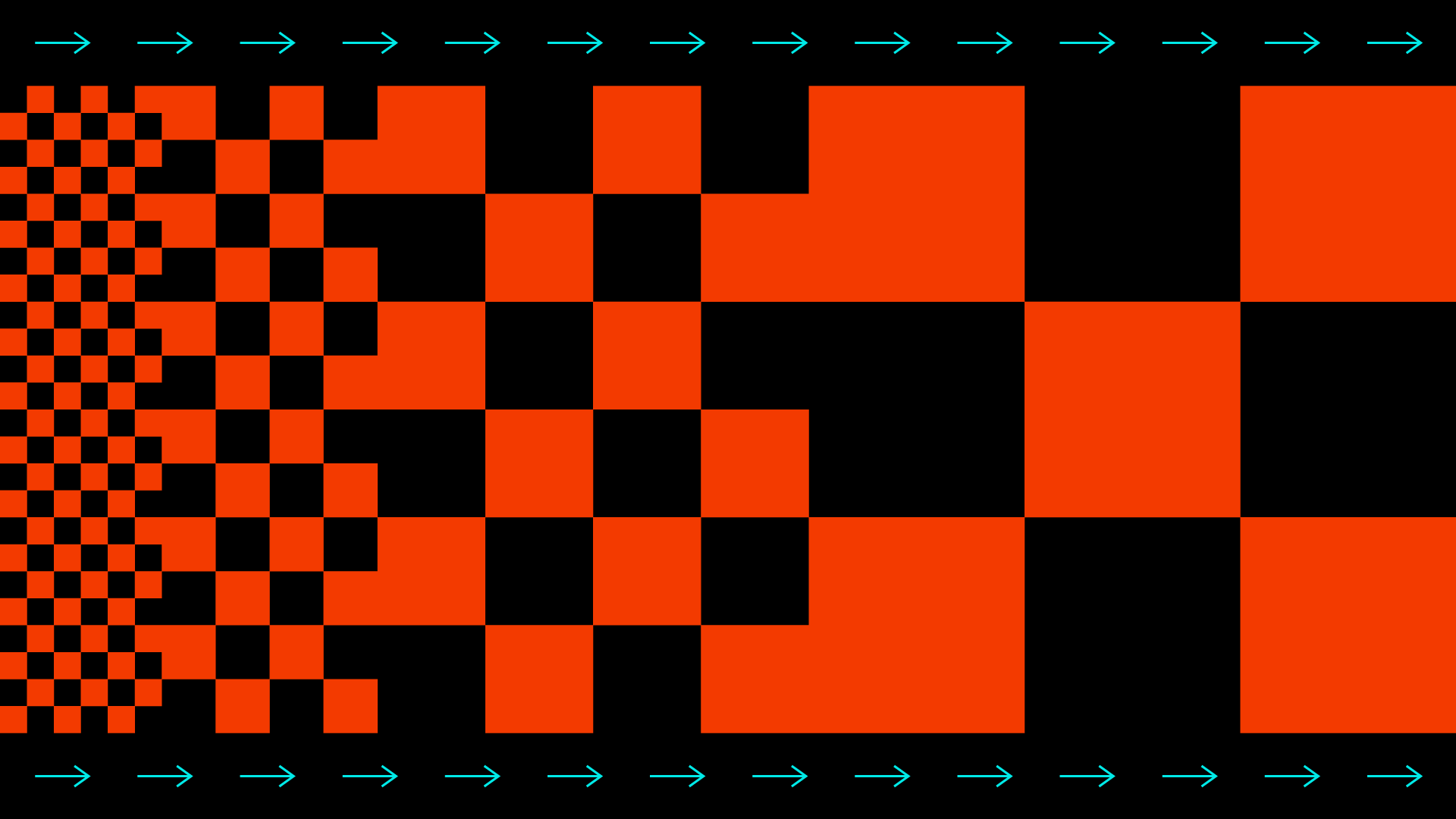
Every day you’ll find an average of 1009 new mobile apps in the App Store. The Internet is a goldmine of new websites, SaaS, desktop applications, and other digital products. Founders believe their idea will win the hearts and smartphones of potential customers. But what if you still need to figure out exactly what your digital product is supposed to be, who it’s for, and what functionality and capabilities it’s supposed to offer your audience? That’s when the SPEEDNET team comes to the rescue.
What is a digital product?
Let me start from the beginning. There is no official definition of a digital product. A digital product is, in vastly simplified terms, any software that solves a problem for users. And examples? A digital product can be a mobile app, a website, an online store, a SaaS, or a computer game. You know and use many of them well. Sounds easy, however.
The process of creating a digital product from A to Z
…is no longer so easy. Between 40 and even 90% of digital products “fail”. A well-planned process can significantly reduce this negative rate and turn your idea into a viable source of revenue. Where to start?
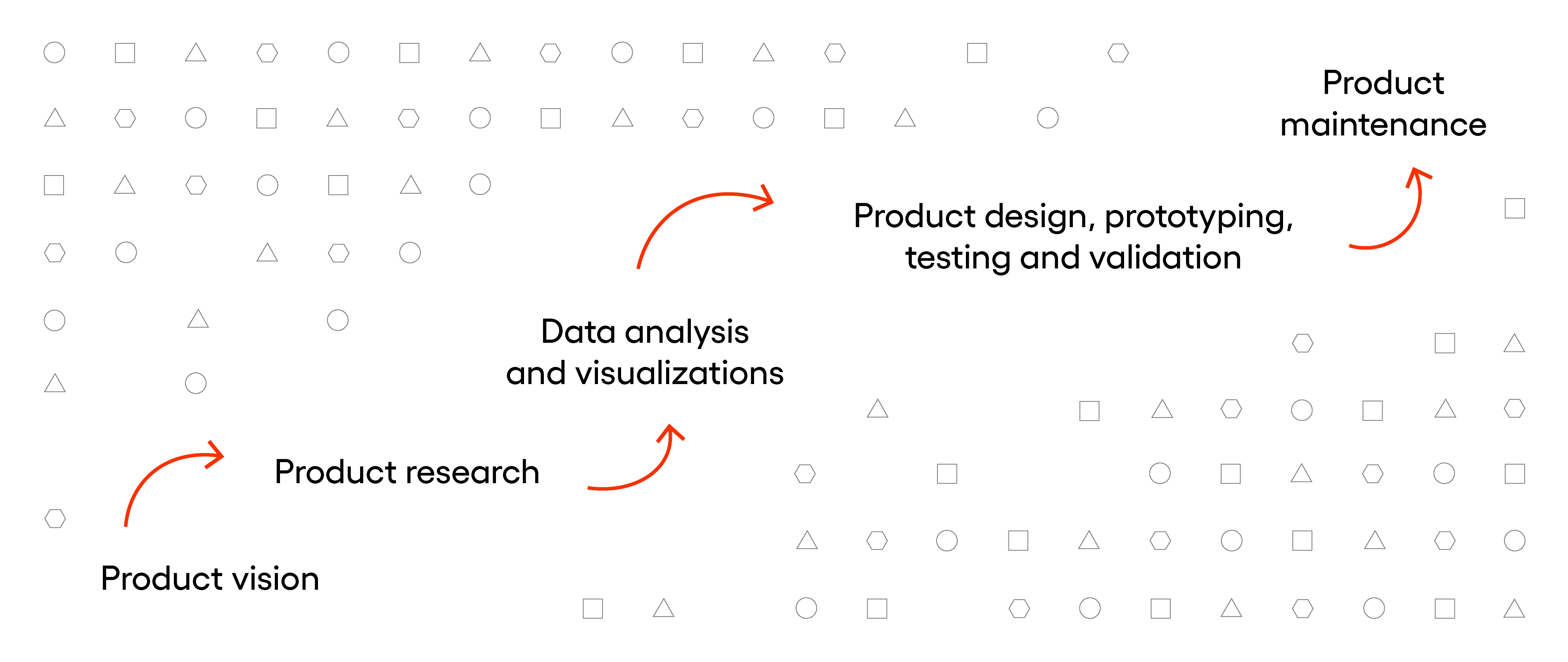
Product vision
The most important thing is the idea – defining what you are creating, for whom and why your solution is best for your potential audience. You don’t need to know what product you want – just express your need. We have a lot of experience so without any problems we will help you find a perfect solution.
Product research
The vision and USP (unique selling proposition) of your product are worth juxtaposing with the market and competitors. Reliable product research will save you tens or maybe hundreds of thousands of dollars on unnecessary functionality. Or maybe they’ll even stop you from starting a project that will never bring a return on investment.
Data analysis and visualizations
With your vision and findings clarified, it’s time for analysis. Developing a Business Model Canvas or ideal user personas can open the minds of your product team to completely new solutions and functionalities, e.g. in the interface or app layout. Empathy maps, customer journey maps, and the lotus blossom method (that I learned not so long ago at Infoshare), among others, can come in handy here.
Product design, prototyping, testing, and validation
The product team moves from the analysis phase to design and coding – prototyping and MVP to start with, and then creating the entire digital product. The next step is usability testing on a large target audience to rule out any imperfections.
Product maintenance
In the past, the process of producing websites, apps, and any software ended at the time of release. Today, it’s a constant tweaking and adjustment of the digital product based on user feedback to changes in the market, new technologies, and competitors’ actions.
Of course, the process is much more complicated and there are many principles to keep in mind to make the final product work effectively. Here are 6 key tips from Speednet experts.
What should you keep in mind when building a digital product?
- Create a clear vision and emphasize it during the next stages of product development – define what to build and why, what is the audience’s persona, what problem will the product solve, what will be its market differentiator against the competition, and what will be the success criteria of the application.
- Don’t forget your business goals – the budget for a digital product is often six or even seven-figure sums. Adding additional features that are not necessary can significantly increase costs and reduce the profitability of the project. Setting specific KPIs will keep you and your product team focused on only the most important elements of the project.
- Don’t skimp on product testing – test the product’s user experience and interface well before release to rule out any potential bugs. Identify risks and problems, then eliminate them step by step. Programmers and designers who have been “in the project” for a long time can overlook many deficits. Just like you – it is difficult to look at a solution objectively. It is a good idea to show the product to specialists who didn’t work on it before.
- Focus on users and their digital experience – thousands of apps are competing for users’ attention. Yours, too. Remember that the viability of your project depends on them. Imagine two apps with the same functionality and the same prices to the user, e.g. Uber and Bolt. One loads 10 seconds faster. On top of that, it requires filling out an additional form before placing an order. Which one will you choose?
- Make decisions based on data, not hunches – juxtapose your ideas with reality, quantitative data, A/B testing, and research results.
- Ensure internal consistency of the digital product – make sure that in every nook and cranny of your app, the user on the screen sees similar colors, fonts, branding, functionalities, style, and atmosphere.
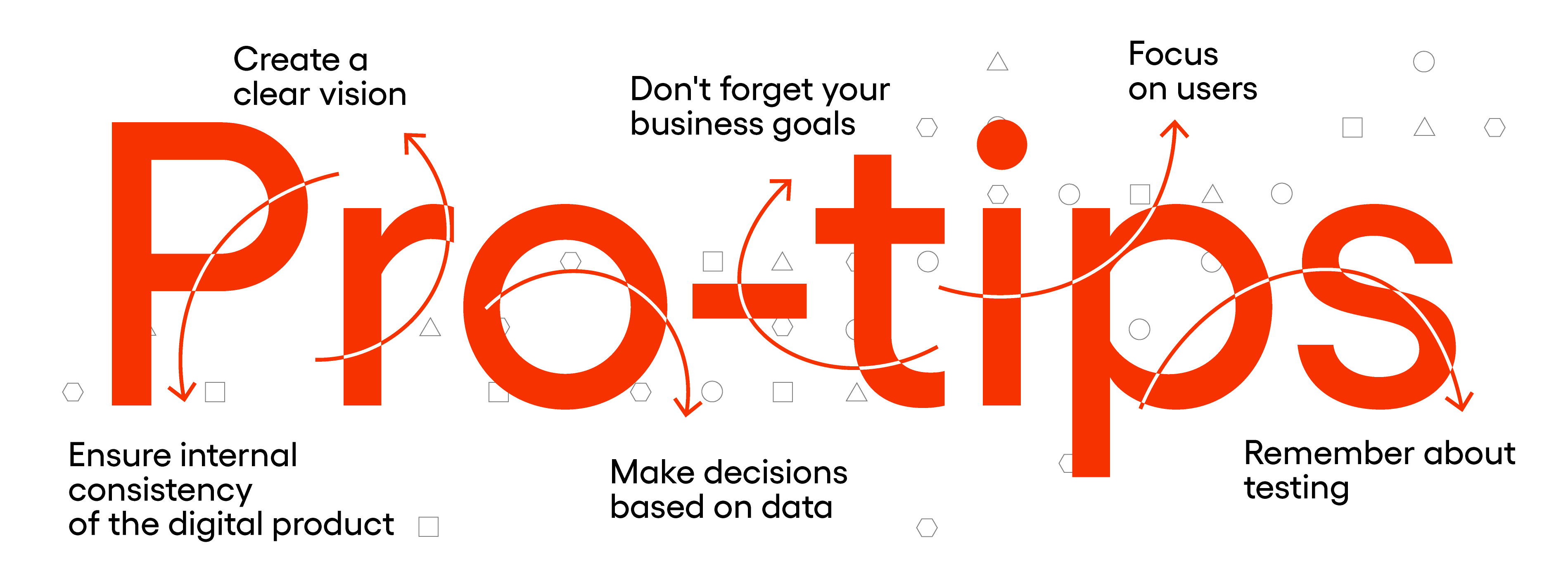
Build a digital product from scratch with the Speednet team
You don’t have to be a programmer or even use multiple mobile apps daily to build your software, app, or any digital product from scratch. You just need to contact someone who knows how to do it. Building digital solutions is a long process – it is worthwhile to get the support of specialists with extensive experience and good knowledge of the digital market.
You are a specialist in your field and have your idea for e-business. We have a team of analysts, programmers, testers, designers, and project managers with a business soul who has already coded and implemented hundreds of such solutions. Tell us about your plans and tell us what functionalities you have in mind, and our experts will develop a game plan and production process for your digital idea, and then provide you with the right technology stack and product team – a project team that will realize everything on time.
Launching a digital product with Speednet from planning through analysis, design, implementation, testing, integration, and maintenance? Write to us and find out more!


